Idea by
Ong Eu Jin
Call for ideas 2016
Scenario x Architecture
Scenario x Architecture
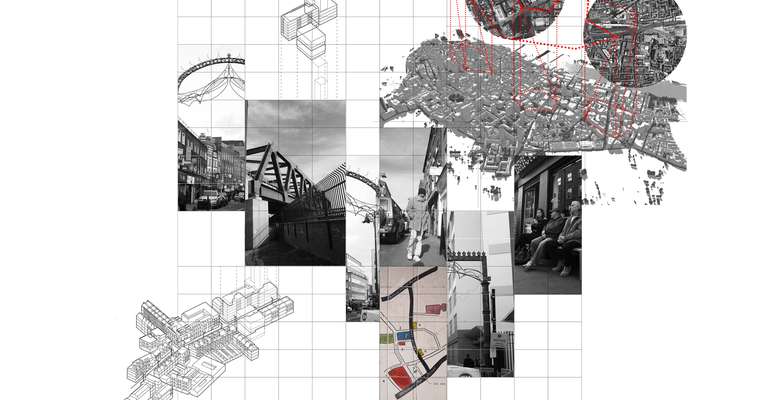
The idea IS the future- thus the core focus is manifesting the idea of increased human mobilization in this rapidly-globalized world to create a linkage between traditional architecture visualization and social commentary to the issues that the world is facing on the subject. To fully appreciate a subject is to create multiple facets of perception, ranging from the positive to the negative, the concepts of social and political outcomes of immigration, its effects on the urban fabric, which in this case is the ethnic enclaves in metropolises such as London's Brick Lane- and potentially being able to apply the scheme in different cities in the world- to anticipate for the changes in human movement, forced or unforced, to prepare for the future of our big cities in the face of the issue.
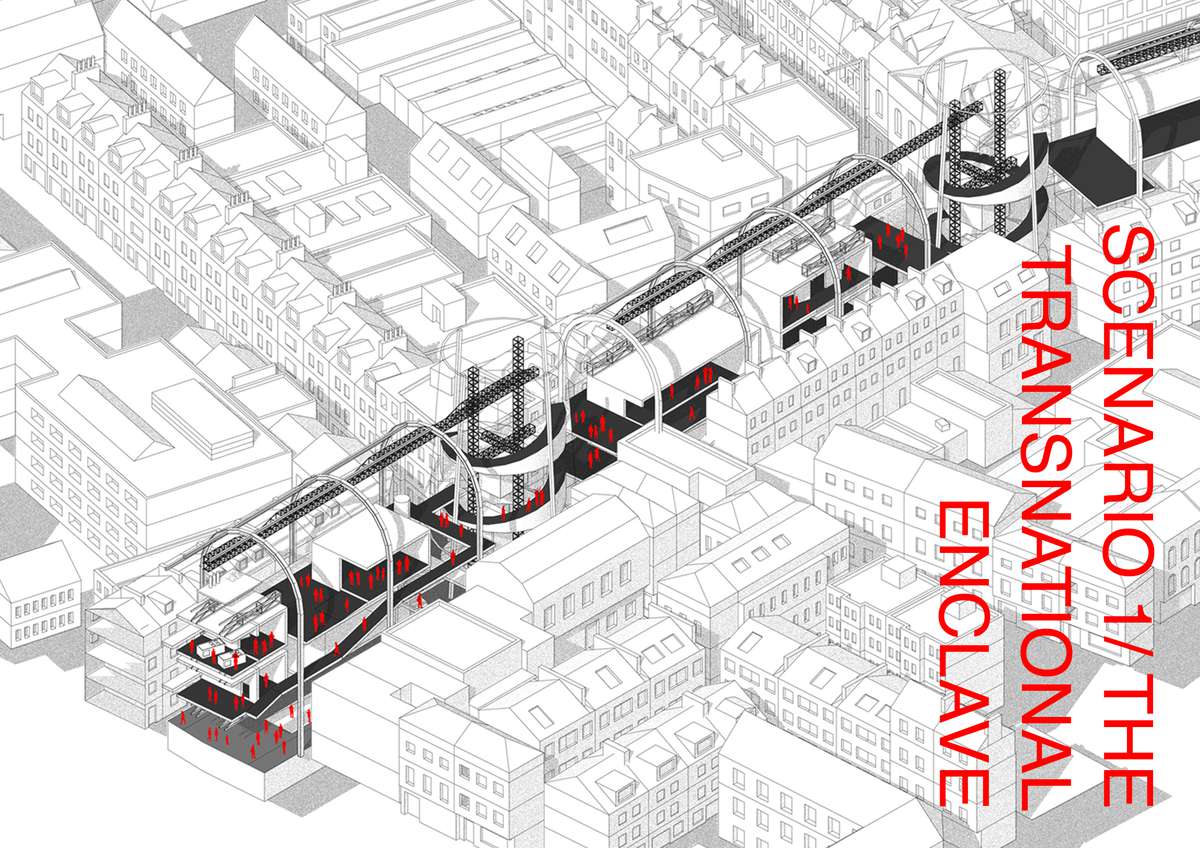
As a world looks to empower a transnationalist worldview, the ethnic enclave transform to embody an ideal that realizes a globalized perception towards immigration. The enclave is now seen as a vessel for creating opportunities for migrants and their respective cultures as soft power- intangible currency that reflects a diverse urban fabric. The spaces become adaptive and responsive to anticipate future changes to the ethnic enclave; reflecting a transient nature.
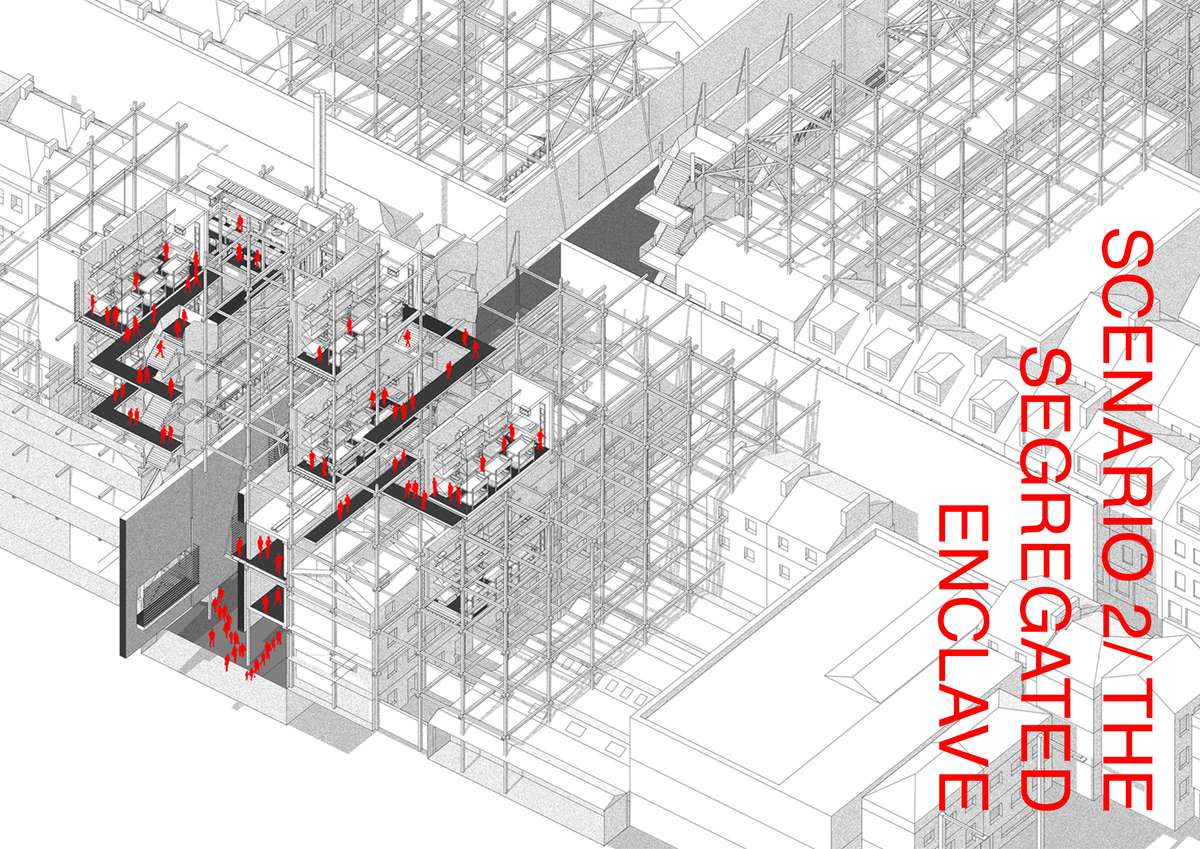
Scenario 2 / The Segregated Enclave
Re-imagining the ethnic enclave as a potential vessel that suppresses the activity of immigration, similar to an immigration control center- as it makes it harder for them to promote cultural activities, hence allowing less opportunities for the following generation of immigrants to strive beyond the boundaries of the enclave. The borders become walled and segregated from the host society, further creating a divide and sense of alienation.
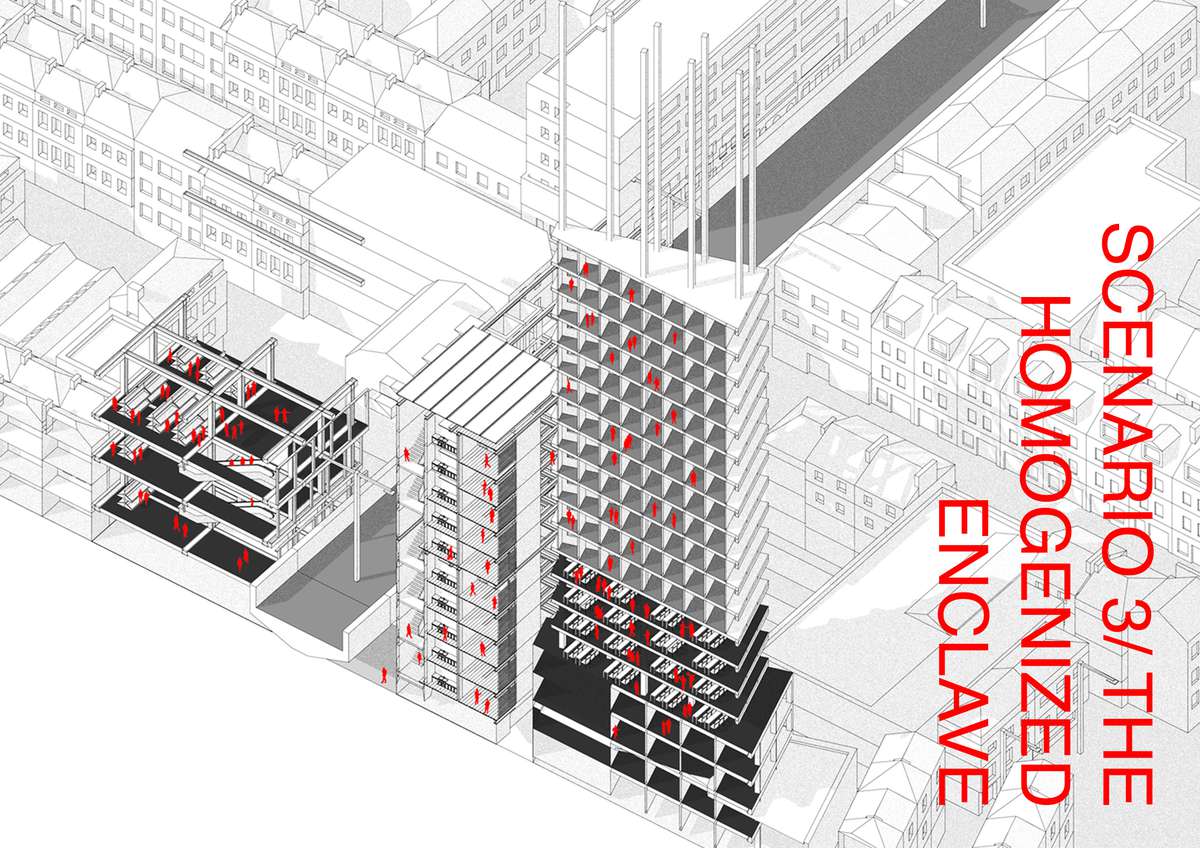
Scenario 3 / The Homogenized Enclave
Taking in account of issues such as gentrification and rapid development for increased urban density, the enclave becomes, slowly but gradually despite strong opposition from cultural migrants, a homogenized fabric similar to the urban settings that surrounds it- hence the marginalization of the enclave itself completely due to higher demand for housing over the preservation of cultural aspects in the traditional enclave
Scenario x Architecture
Scenario x Architecture

The idea IS the future- thus the core focus is manifesting the idea of increased human mobilization in this rapidly-globalized world to create a linkage between traditional architecture visualization and social commentary to the issues that the world is facing on the subject. To fully appreciate a subject is to create multiple facets of perception, ranging from the positive to the negative, the concepts of social and political outcomes of immigration, its effects on the urban fabric, which in this case is the ethnic enclaves in metropolises such as London's Brick Lane- and potentially being able to apply the scheme in different cities in the world- to anticipate for the changes in human movement, forced or unforced, to prepare for the future of our big cities in the face of the issue.

As a world looks to empower a transnationalist worldview, the ethnic enclave transform to embody an ideal that realizes a globalized perception towards immigration. The enclave is now seen as a vessel for creating opportunities for migrants and their respective cultures as soft power- intangible currency that reflects a diverse urban fabric. The spaces become adaptive and responsive to anticipate future changes to the ethnic enclave; reflecting a transient nature.
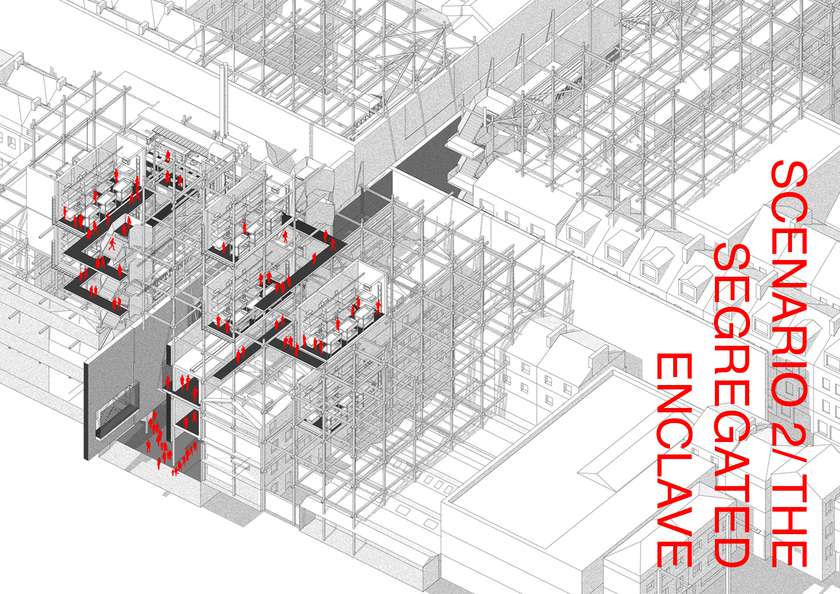
Scenario 2 / The Segregated Enclave
Re-imagining the ethnic enclave as a potential vessel that suppresses the activity of immigration, similar to an immigration control center- as it makes it harder for them to promote cultural activities, hence allowing less opportunities for the following generation of immigrants to strive beyond the boundaries of the enclave. The borders become walled and segregated from the host society, further creating a divide and sense of alienation.
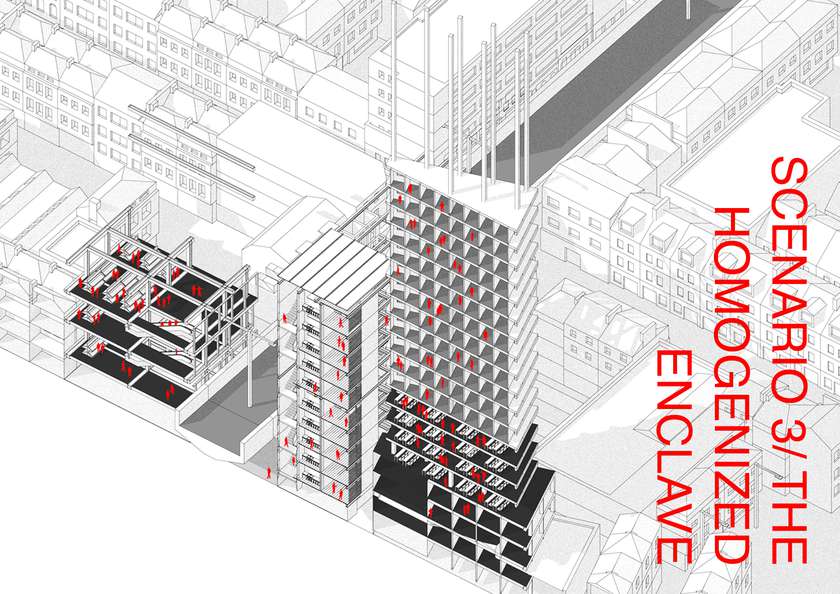
Scenario 3 / The Homogenized Enclave
Taking in account of issues such as gentrification and rapid development for increased urban density, the enclave becomes, slowly but gradually despite strong opposition from cultural migrants, a homogenized fabric similar to the urban settings that surrounds it- hence the marginalization of the enclave itself completely due to higher demand for housing over the preservation of cultural aspects in the traditional enclave